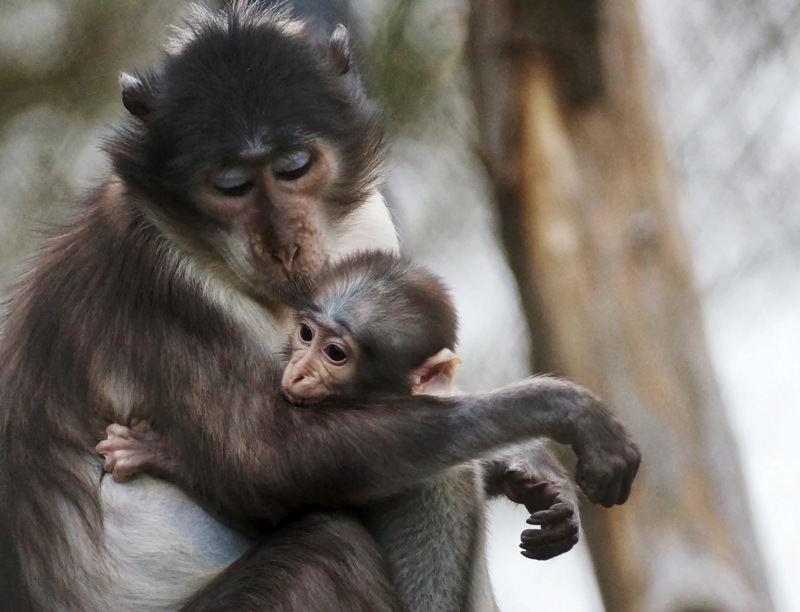Mission to save mammals
Zoos can play a valuable role in conserving rare species, reports Alexandra Williams
A zoo in North Yorkshire is helping save endangered mammals from extinction, says a new report.
Sumatran tigers and white-naped mangabeys are among the species being conserved at the Flamingo Land Theme Park and Zoo near Pickering, according to the report, compiled for the British and Irish Association of Zoos and Aquariums (BIAZA).
Three species of the top ten mammals surviving thanks to zoos are being successfully conserved at Flamingo Land, according to the report. The zoo is home to a male and female Sumatran tiger, of which only 300-400 remain in the wild in their native habitat of the Indonesian island of Sumatra.
Three white-naped mangabeys – related to baboons – also call the zoo home. Flamingo Land was the first in the country to hand-rear a mangabey and successfully reintroduce it to its mother.
Deemed one of the 25 most endangered primates in the world, with only 15 per cent remaining in their original habitat due to hunting and deforestation, the mangabey is classified as “critically endangered”.
Dr Andrew Marshall, director of conservation science at Flamingo Land and vice-chairman of BIAZA’s field programmes committee, was responsible for the co-ordination of the report.

He said: “Without the indispensable conservation and breeding work of many of our member zoos and aquariums, many threatened species such as these may be lost to extinction forever.”
Zoos like Flamingo Land do not always get the recognition they deserve. “Obviously conservationists are aware of projects, and there is clear recognition in places such as East Africa where much of our fieldwork is concentrated, but we need to raise awareness beyond those circles,” he added.
One of Flamingo Land’s greatest triumphs is its successful breeding programme for the scimitar-horned oryx.
The zoo is home to seven of the horse-like antelope, which have been extinct in the wild since the 1980s and depend solely on captive breeding for survival.
Once one of the most numerous large animals in North Africa, the species was hunted to near extinction but survived on a reserve in north-central Chad and is now being reintroduced in Tunisia.
But the BIAZA report focused on zoos’ field work – managing or funding programmes that help animals thrive in their natural habitats.
Flamingo Land and the University of York co-fund the CIRCLE institute – Centre for the Integration of Research, Conservation and Learning – which plays an important role in researching and protecting habitats and species and is led by Marshall.
The institute’s international focus is currently on the Udzungwa Forest Project in Tanzania, but Marshall also sees North Africa as “a potential avenue” for further conservation.

Despite their role in conservation, zoos such as Flamingo Land face accusations from animal rights activists that they are inherently cruel. Allegations of elephant abuse at Twycross Zoo last September that resulted in the arrest of three members of staff once again raised the question of whether or not zoos can claim to be ethical.
Marshall believes the majority can. “It’s true that across the world there are some dreadful zoos but in the UK, North America and Australia there are zoos doing outstanding work, caring for and conserving animals,” he said. “All the zookeepers I know love their animals; they would be absolutely devastated if anything were to happen to them.”
Main photo of white-naped mangabeys: Joanne Iredale

Leave a reply
Your email address will not be published.